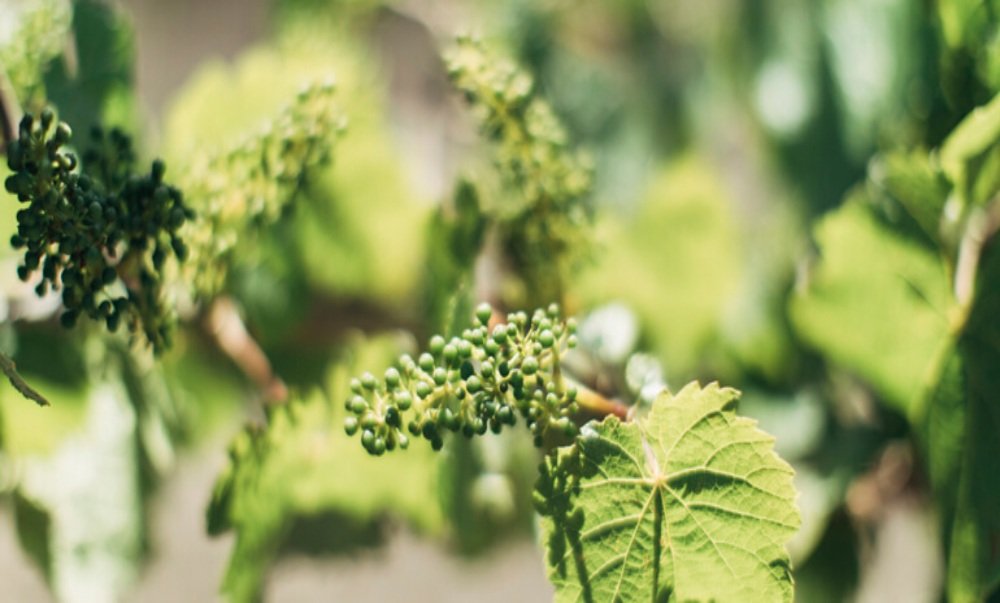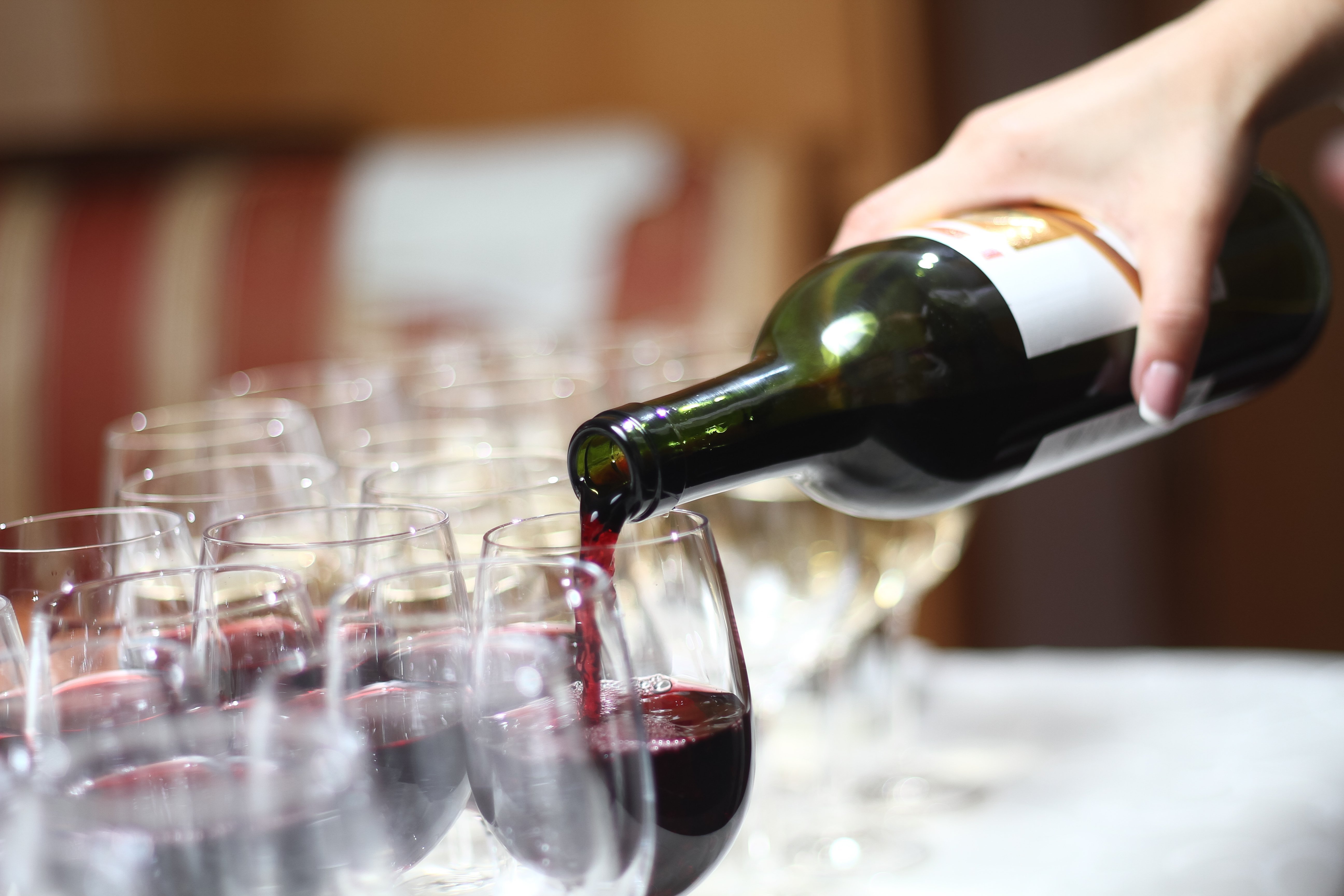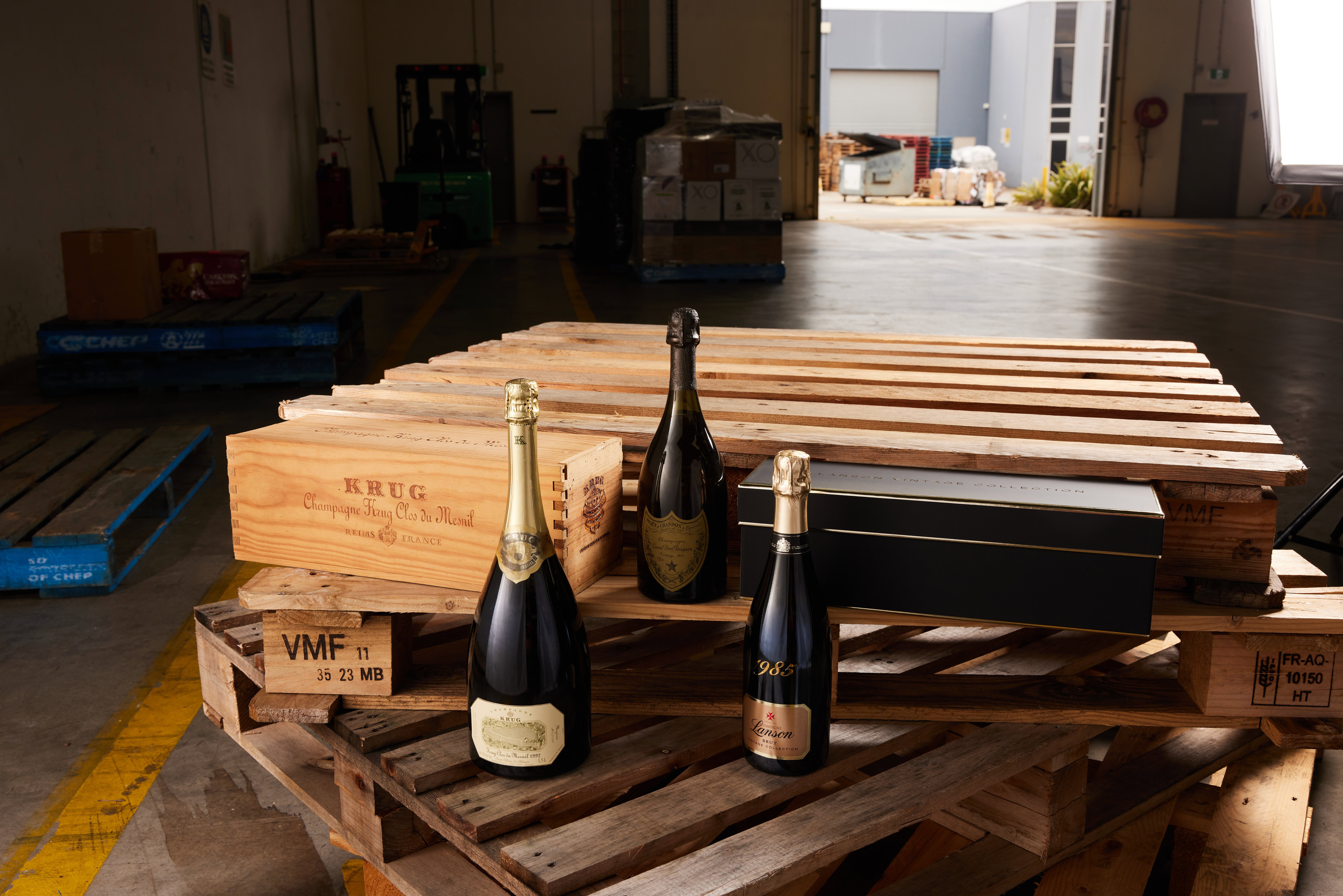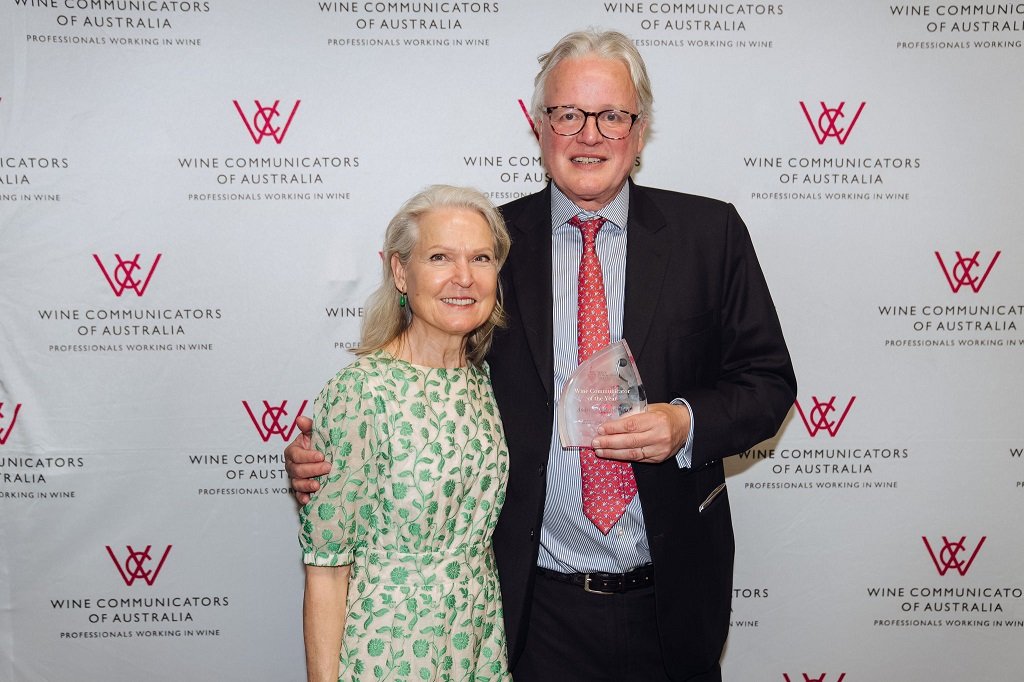Co-ordinating and planning the recovery of a vineyard after a fire event relies on robust and timely data.
But how best to estimate the scale and distribution of fire damage?
Currently, the practice is to walk or drive through the vineyard and score individual vines based on visual observation.
However, as Associate Professor of Viticulture at the University of Adelaide Dr Cassandra Collins notes, this process can be time consuming, subjective, or semi-quantitative at best.
After the Adelaide Hills bushfires in 2019–20, Dr Collins and her team wanted to investigate how vines recover following a fire event.
She knew from a previous research project that scorched vines in a fire-damaged vineyard took around 2–3 years to return to full production and that varieties respond differently to fire damage.
This time, funding opportunities through the South Australian Wine Industry Development Scheme (SAWIDS) and Wine Australia allowed the comparison of rapid assessment and mapping of fire damage using high-resolution satellite imagery with more traditional ground-based measures.
To do this, the University of Adelaide team tracked recovery using an app: VitiCanopy.
"The VitiCanopy app allows the user to quickly assess plant biomass and map variability within a vineyard," explained Dr Collins.
Both satellite imagery from GAIA and ground-based images were compared to visual ground assessments of damage made by Colin Hinze (Pinion Advisory). Bud fertility, plant biomass and carbohydrate measures were also undertaken by the University of Adelaide as measures of vine recovery.
A key finding from the study was that satellite images and ground-based images align with visual assessments of fire damage – and can be used to rapidly assess a large area after a bushfire event.
"We also found that bud fertility correlates with satellite and ground-based imagery," Dr Collins said.
"This is important, as it gives producers valuable information on the productivity of their vineyards in the seasons following a fire event."
Dr Collins’ takehome message to growers is that imagery tools are a rapid and cost-effective way to assess where fire damage has occurred in a vineyard.
Tools that rapidly and affordably capture the extent and severity of damage will allow producers, government and industry bodies to manage decisions in relation to fire recovery planning coordination and delivery, improving the efficiency and effectiveness of their response. – Dr Cassandra Collins
"Importantly, the information gathered can be correlated to vine productivity in the season following a fire event – many months before the start of the next growing season," Dr Collins said.
"This will aid growers and vineyard managers in pruning and reworking decisions to ensure recovery after a bushfire is managed as efficiently and effectively as possible."
Dr Collins will present the project’s findings at the National Wine Sector Bushfire Conference on May 25.
Share the content










